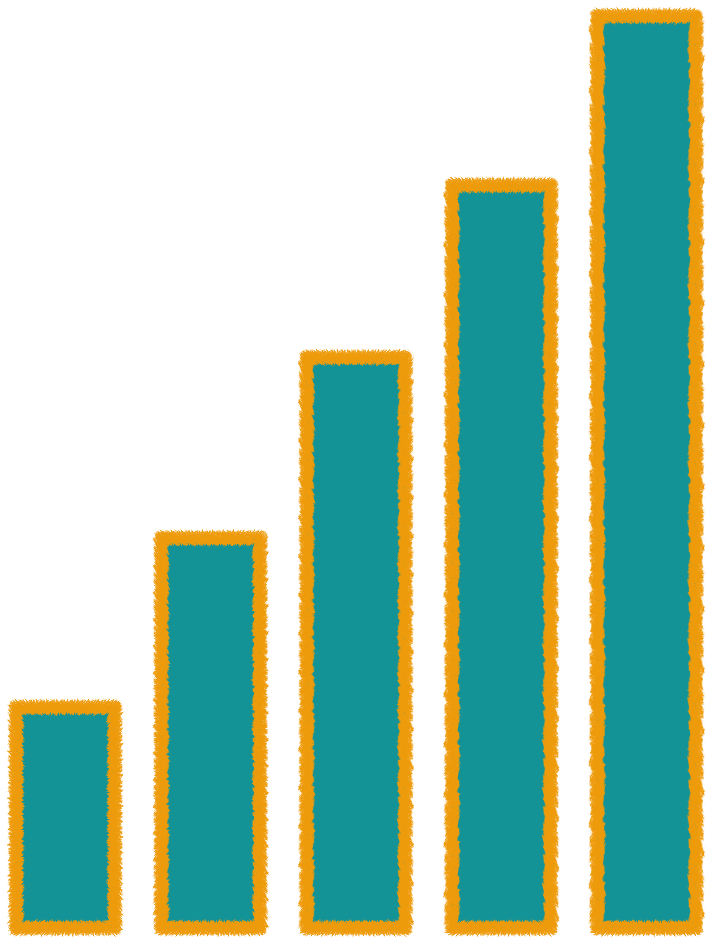The Writing Process
You’ve probably already guessed that producing highly specialized, research-based content is a process. You can't just make it up as you go and expect results. Everyone involved must be in sync to succeed, which requires a framework.
At the very least, a framework almost always leads to better coordination and communication among the stakeholders. It also helps to identify and anticipate some of the most common challenges in any project, such as scope creep or resource constraints.
The writing framework is typically broken into three distinct phases: planning, production and promotion.
The process discussed below is typical; however, not all projects need this level of rigor. My framework is scalable and can be tailored to fit just about any need, ensuring your project stays on track.
Planning
In the planning phase, we hash out essential project details to get everyone in sync. While not an all-inclusive list, these details may include:
□ Your business goals, audience and desired results
□ Project scope, including a general content discussion
□ Key themes, thoughts and messages for the reader
□ Sources for interviews and other research
□ Titles, keywords and calls to action
One of the best tools for parts of this discussion is Aristotle’s rhetorical situation; we’ll briefly go over the six points individually to create a clear understanding of the message.
We’ll also discuss document design, such as features, artwork and interactivity. There are many subtle considerations, so design is critical to ensuring not just an engaging user experience but also meeting your marketing objectives. For example, around 90% of downloadable documents are read on a desktop — not mobile — so I design for that experience.
The exit criteria for both these conversations include resolving any open questions or issues and establishing a shared vision for the final product.
Once we have a clear idea of the project, I’ll create a preliminary outline and a flat-rate proposal for your review, and we’ll finalize any details before work begins on the core project. The more that is discussed and anticipated in the planning phase, the smoother the project will likely go.
Production
The production phase is precisely what it sounds like: turning the notes and meetings into the finished product. This includes the deep dive with more reading, research, fact-checking and substantiation. I may interview subject matter experts within your organization, senior management or others to fine-tune the narrative based on the details from the planning phase. In some cases, I may ask to speak with your clients to garner additional insight.
Then, client reviews and revisions begin. Artwork and data visualizations are created and finalized, and, of course, the final product is thoroughly proofed.
Regarding style books, I prefer the AP Stylebook because I’ve used it the longest, but I can use another or your in-house stylebook if you have one. Regardless, the finished product should match your organization's voice wherever possible.
I also have relationships with an editor/proofreader, document designer and SEO consultant I can call on to back me up as needed (it all depends on the project).
Promotion
The promotion phase ensures the finished product finds its intended audience as identified in the planning phase and has the desired effect. This is handled primarily by your marketing team; however, I’m happy to participate in that discussion to whatever extent I can contribute something worthwhile.
Regardless, promotional plans should be readied before the project’s completion so they can be implemented as soon as the final product arrives; this is an investment, after all. Fortunately, the channels and means for promotion are numerous, and the content itself can be repurposed in many ways to keep a marketing calendar filled for many months, even years in some cases.
Finally, tracking metrics is essential to getting the best results. Knowing what works well and what merely works will help steer marketing resources to the channels with the best outcomes. But it’s not just clicks and downloads you should be looking at; equally important is being able to tie new leads, increased revenue or even something as soft as mindshare gain directly back to the project to underscore its validity and make it easier to justify the next one.




